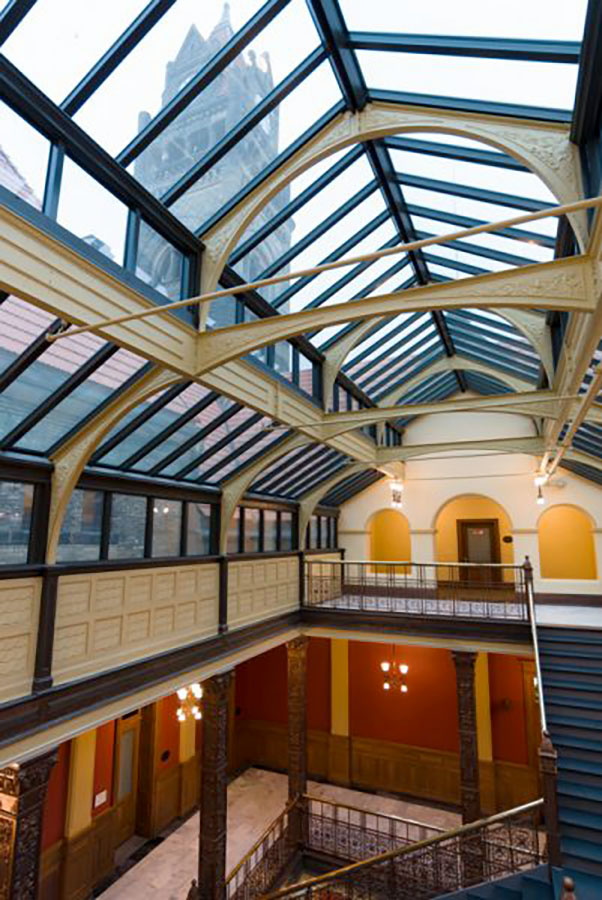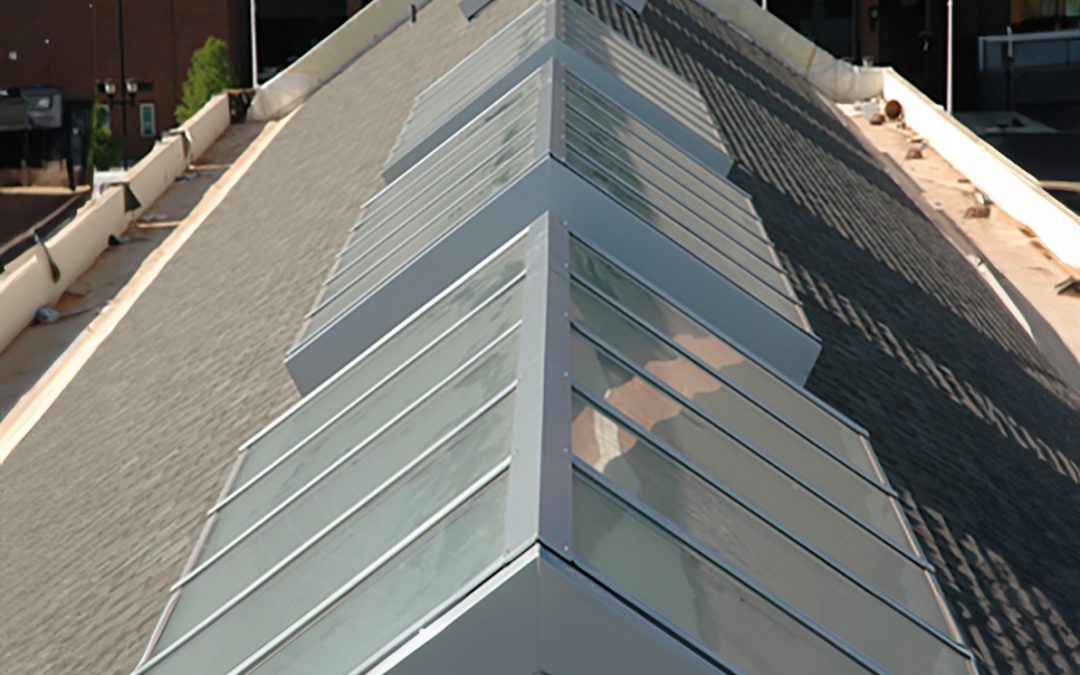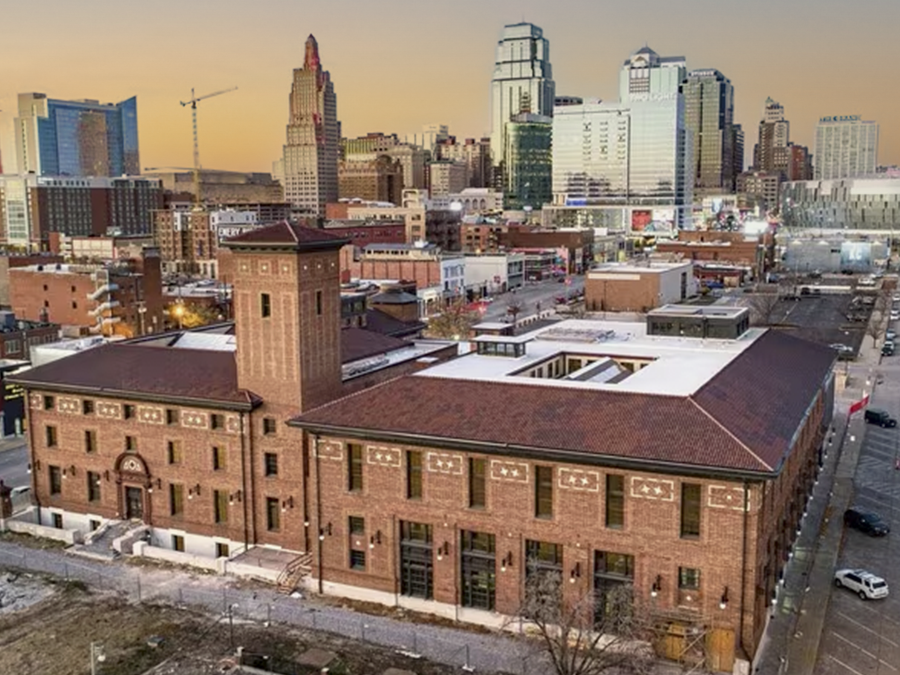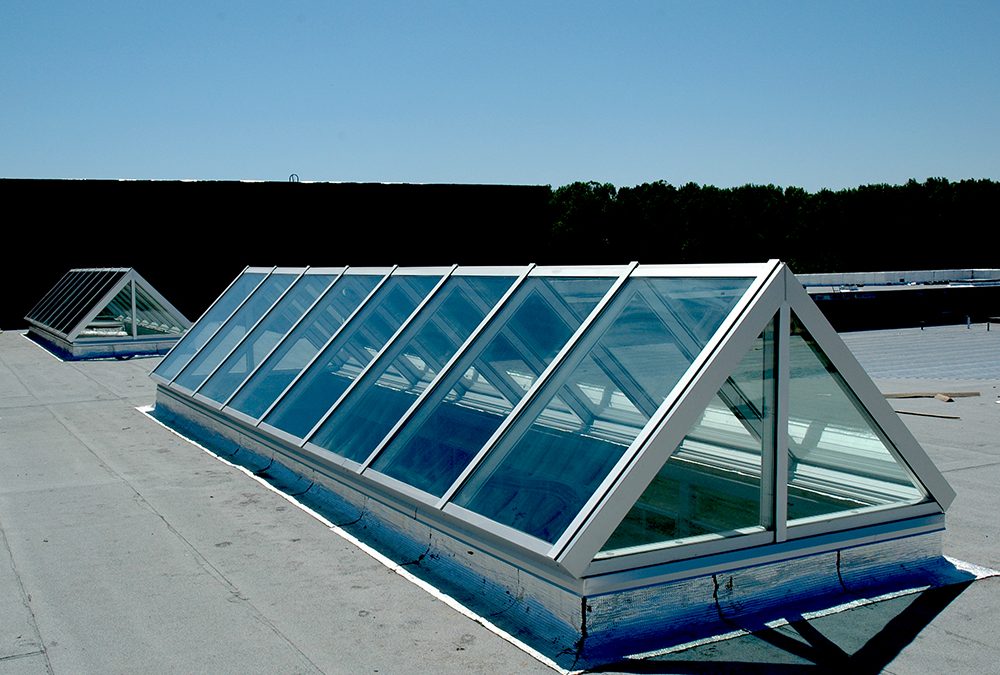Reviving the Past: A Guide to Renovating Historical Skylights

Careful planning and execution are crucial to successfully replacing a historic skylight.
The task of restoring, replacing, or renovating a historic skylight can be a daunting challenge. From the differences in glass technology to the changes in building codes, there are many factors to consider to ensure the preservation of the skylight’s historical significance while meeting modern safety and functional standards.
One of the biggest challenges when working with a historic skylight is the glass used in its construction. The type of glass used in older skylights won’t meet modern energy efficiency or safety standards. Glazers may need to source specialized glass or consider alternative materials that maintain the original look and feel of the skylight while meeting current building codes.
Another challenge is the structural integrity of the skylight. Historical skylights were often built using construction techniques that are no longer used today. Staying true to the skylight’s historical significance will require careful examination of the design and construction. If possible, retaining structural components, as seen in the Bay City Hall photo, supports the original design.
Compliance with modern building codes is another important consideration when working with historic skylights. Building codes have become more stringent over time, especially in regard to safety.
Framework must be able to support the glass in the event of high winds or heavy snow loads. The glass must protect the people below. Any changes made to the skylight must meet these regulations.
Furthermore, balancing the desire to preserve historical accuracy with modern functionality and efficiency when renovating a historic skylight is equally important. This can be a challenging task, as changes made to the skylight may impact its historical significance. Using glass that offers minimal solar heat gain while maintaining the original design can be difficult to achieve. This is where specialty glass may be required.
Cost is another important consideration when working with a historic skylight. Restoring or replacing a historic skylight can be expensive due to any specialized manufacturing and materials required. Often the plans for a historically designated building must be reviewed and accepted. The costs of an acceptable restoration or replacement could be higher based on the historical designation requirements.
Repairing or replacing a historical skylight can become a complex task that requires careful consideration of many factors. It is our responsibility to preserve the historical
significance of these structures while ensuring modern safety and functional standards are met. With careful planning and execution, we can successfully restore or replace historic skylights and continue to admire their beauty and elegance for generations to come.
Here are a few of our historical renovation projects:
- Bay City Hall, Bay City MI
- Palmer Stables, Topsfield MA
- Cavalier Hotel, Virginia Beach VA
- Teague Nelson Building, Salina KS
More From This Category

The 4 Types of Ridge Skylights
Four types of ridge skylightsRidge skylights combine aesthetic appeal with functional...

Reviving a Kansas City Landmark: The Historic KC Star Building
NEW PROJECT ANNOUNCEMENT May 2023, #25405 4 Skylights CSI: 08 63 00 Architect: Generator Studio,...

Skylight Maintenance 101: Ensuring Longevity and Performance
A well-designed and properly maintained commercial skylight can typically last anywhere between 15...

